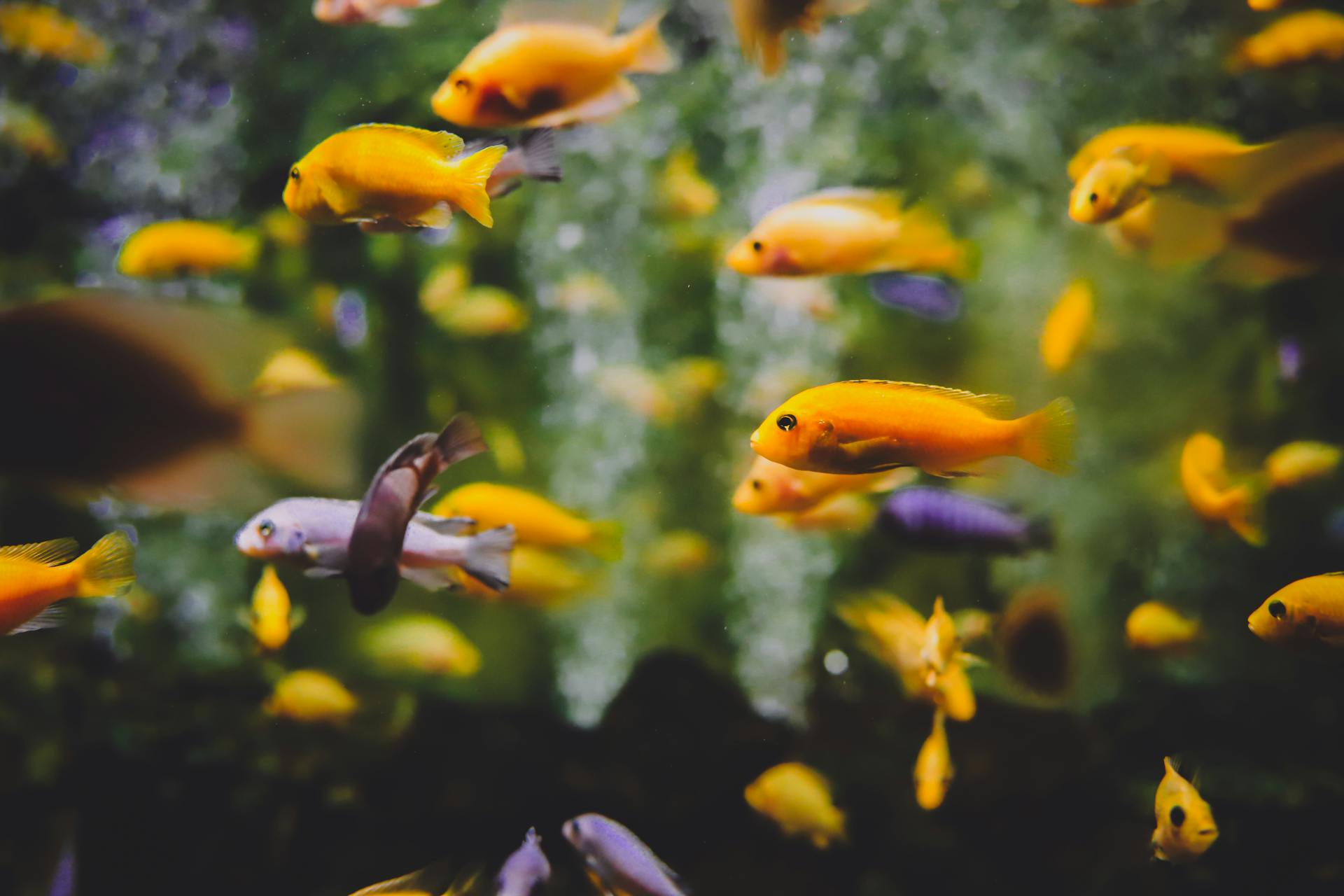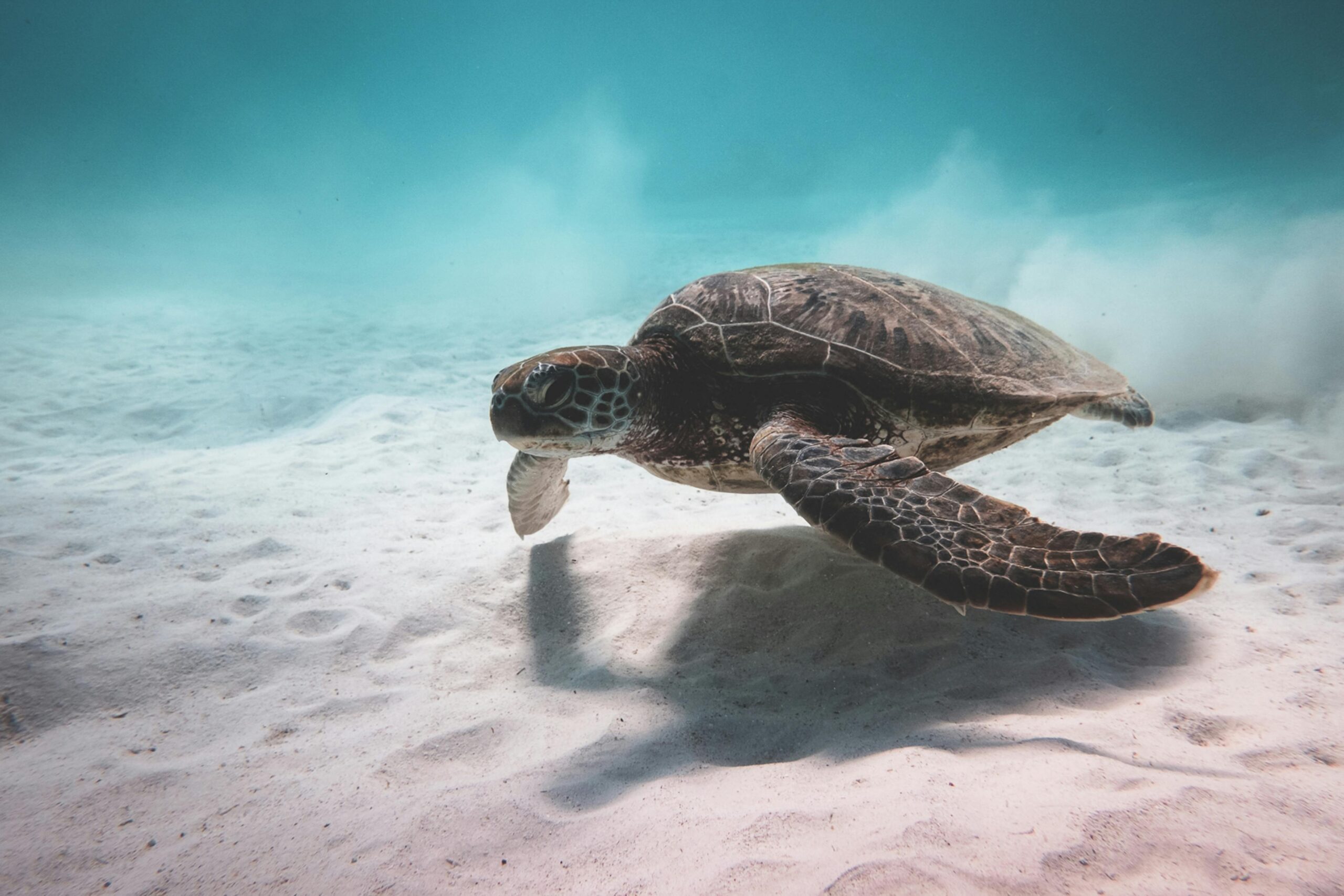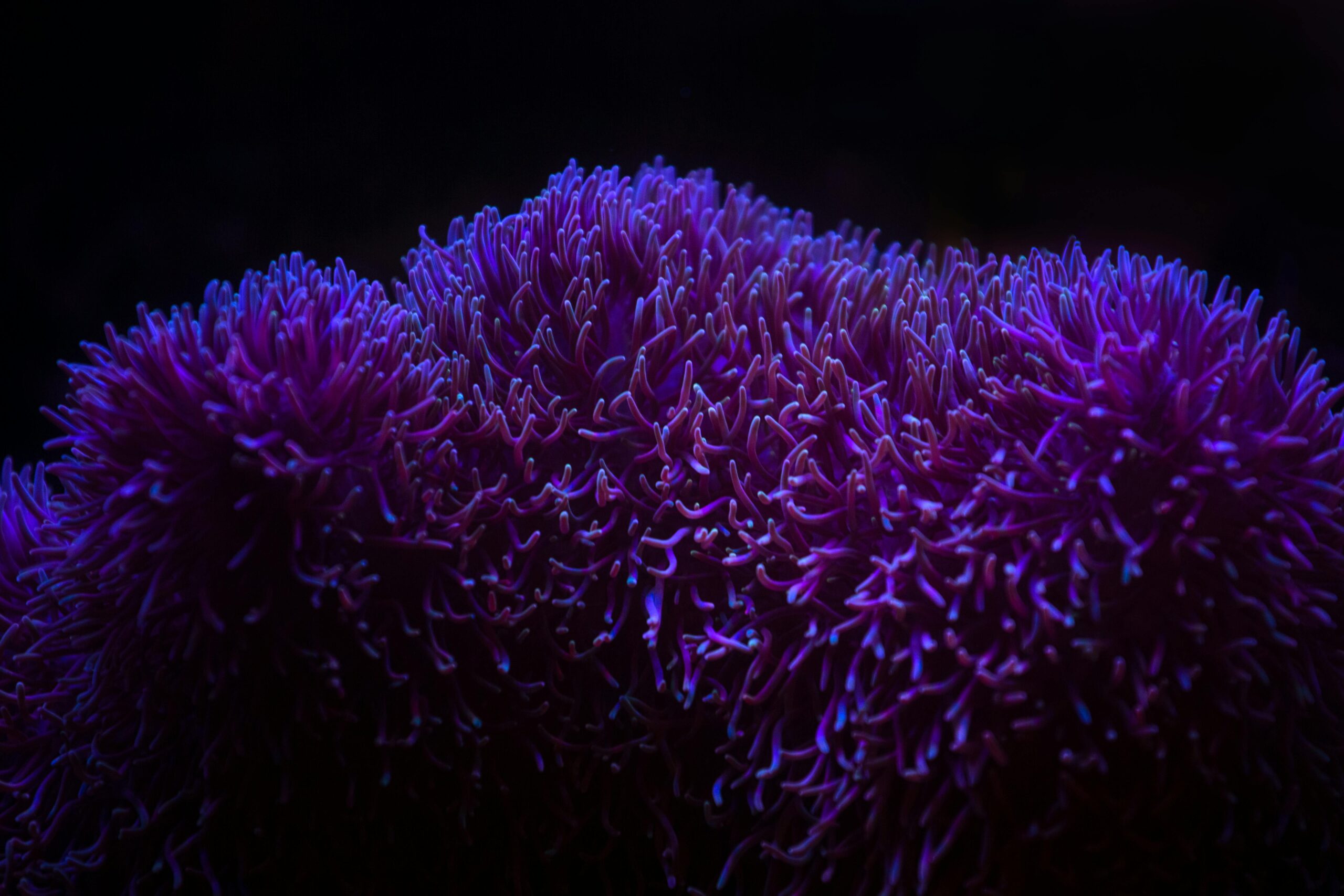Imagine a vast underwater web of life where each species plays a crucial role, from the smallest plankton to the largest predators. This intricate marine food chain is essential for maintaining the balance and health of our oceans. However, this delicate equilibrium is being thrown into disarray by a pervasive and destructive force: overfishing.
Overfishing occurs when fish and other marine species are harvested at a rate faster than they can reproduce, leading to dramatic declines in population and disruptions across the entire ecosystem. This relentless pursuit not only threatens the survival of targeted species but also upends the intricate food chains that sustain marine life. As top predators dwindle and prey species proliferate unchecked, the consequences ripple through the ocean, affecting biodiversity, habitat structure, and the overall functionality of marine ecosystems.
Addressing overfishing is not just a matter of protecting individual species but is critical for preserving the health and sustainability of our oceans. Without intervention, the cascading effects of overfishing could lead to long-term damage that threatens the future of marine environments and the many communities that depend on them. By understanding the impact of overfishing and implementing effective solutions, we can help restore balance to our oceans and ensure their vitality for generations to come.
The Impact of Overfishing on Marine Food Chains
Overfishing has far-reaching consequences for marine food chains, disrupting the delicate balance that sustains ocean ecosystems. One of the most significant impacts is the disruption of predator-prey relationships. When top predators such as sharks, tuna, and large predatory fish are removed from the ecosystem due to overfishing, the balance between predators and their prey is upset. For instance, the decline in shark populations has led to an overabundance of mid-level predators like smaller fish and invertebrates. This unchecked proliferation of prey species can lead to the depletion of algae and seagrass beds, crucial for many marine organisms and overall ecosystem health.
In addition, overfishing alters the ecosystem balance by changing species composition. The removal of specific fish species can lead to shifts in the community structure, where some species become overly dominant while others struggle to survive. This imbalance affects habitat structure and function, as certain species play key roles in maintaining ecosystem processes. For example, herbivorous fish that graze on algae help prevent algal overgrowth, which in turn supports the health of coral reefs. When these fish are overfished, coral reefs can become smothered by algae, leading to declines in coral health and the loss of biodiversity.
The loss of biodiversity is another critical consequence of overfishing. As populations of targeted species decline, vulnerable species may face extinction, particularly those with slow reproductive rates or specialized habitat requirements. The extinction or near-extinction of these species can destabilize the ecosystem, leading to long-term effects on its stability and resilience. This loss of diversity reduces the ability of ecosystems to recover from disturbances and diminishes their overall productivity and functionality.
Key Examples of Overfishing Impacts
The collapse of cod fisheries in the North Atlantic is a prominent example of overfishing’s effects. Historically, cod was one of the most valuable commercial fish, but unsustainable fishing practices led to dramatic declines in their populations by the late 20th century. The collapse not only devastated the cod stocks but also disrupted the marine food chain, affecting species that preyed on cod as well as those that cod preyed upon. This collapse had severe repercussions for fishing communities, leading to job losses and economic hardship.
Another significant case is the decline of sharks and rays in tropical oceans. Sharks are apex predators that play a crucial role in maintaining the balance of marine ecosystems. Their decline has led to the proliferation of smaller predatory fish and a corresponding decrease in the populations of their prey, including commercially important species. This imbalance affects the health of coral reefs and other marine habitats, demonstrating the far-reaching impacts of losing key predators.
The impact on tuna populations in the Pacific Ocean highlights the global nature of overfishing issues. Tuna are highly migratory and commercially valuable, leading to intense fishing pressure. Overfishing practices, including illegal and unregulated fishing, have led to significant declines in tuna populations. This depletion not only threatens the species themselves but also affects the marine ecosystems they are part of and the global fisheries that depend on them for sustenance.
Strategies to Mitigate the Impact of Overfishing
To address the impacts of overfishing, several strategies can be implemented. Sustainable fishing practices are crucial for mitigating overfishing. This includes setting quotas and catch limits to ensure that fish populations can replenish. Additionally, adopting bycatch reduction techniques, such as using specialized nets and gear, helps minimize the capture of non-target species and reduces the overall impact on marine ecosystems.
Establishing and enforcing Marine Protected Areas (MPAs) is another effective strategy. MPAs create safe havens for marine life where fishing and other harmful activities are restricted or prohibited. These protected areas help preserve critical habitats, support the recovery of depleted species, and maintain biodiversity. Successful examples, such as the Great Barrier Reef Marine Park and the Papahānaumokuākea Marine National Monument, illustrate the positive impact of MPAs on marine ecosystems. However, ongoing challenges include ensuring effective management and combating illegal activities within these protected zones.
Promoting aquaculture and alternative protein sources can also alleviate pressure on wild fish populations. Sustainable aquaculture practices can reduce the need for wild-caught fish while providing a source of seafood. Innovations in alternative protein sources, such as plant-based or lab-grown seafood, offer promising solutions for reducing the reliance on traditional fishing methods.
Policy and Regulatory Measures
International agreements and organizations play a crucial role in addressing overfishing. The United Nations and regional fisheries management organizations work to create and enforce regulations that manage fish stocks and protect marine environments. Successful agreements, such as the Convention on the Conservation of Antarctic Marine Living Resources (CCAMLR), demonstrate the effectiveness of collaborative international efforts in regulating fishing practices and preserving marine ecosystems.
National and local regulations are equally important. Effective national policies, such as catch limits and fishing bans, help regulate local fisheries and support conservation goals. Engaging local communities in management efforts and ensuring compliance are essential for the success of these regulations. Collaborative approaches that involve stakeholders at all levels can lead to more effective and sustainable outcomes.
The Role of Consumer Awareness and Behavior
Consumer choices also play a significant role in addressing overfishing. Choosing sustainable seafood is one way individuals can contribute to the health of marine ecosystems. Resources such as seafood guides and certification programs, like those from the Marine Stewardship Council (MSC), help consumers make informed decisions about the seafood they purchase.
Supporting conservation efforts is another way individuals can make a difference. By participating in or donating to grassroots and advocacy organizations, people can contribute to marine conservation initiatives and help raise awareness about the importance of sustainable practices.
Future Directions and Conclusion
Looking ahead, emerging technologies and research offer new opportunities for addressing overfishing. Advances in monitoring and data collection, such as satellite tracking and genetic analysis, provide valuable insights into fish populations and fishing practices. Innovations in sustainable fishing technologies, including more selective gear and improved management practices, hold promise for reducing the impact of fishing on marine ecosystems.
In summary, overfishing poses a significant threat to marine food chains and ecosystems. By implementing sustainable practices, supporting MPAs, promoting alternative protein sources, and advocating for effective policies, we can work towards mitigating its impacts and ensuring the health of our oceans for future generations. Continued efforts and collective action are essential for addressing the challenges of overfishing and protecting the vital marine environments that support life on Earth.


